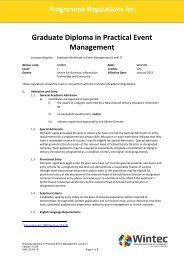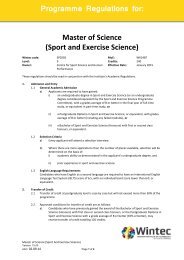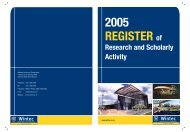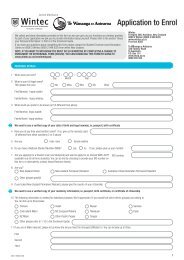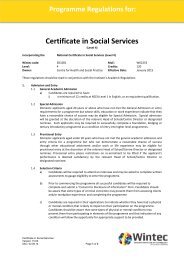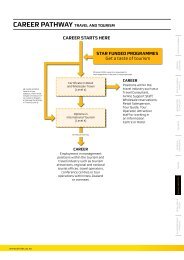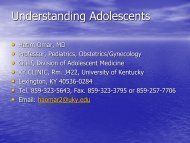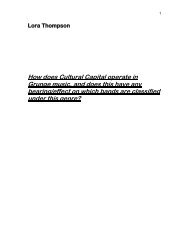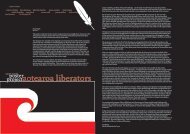Nursing Handover Research Project - Wintec Research Archive
Nursing Handover Research Project - Wintec Research Archive
Nursing Handover Research Project - Wintec Research Archive
Create successful ePaper yourself
Turn your PDF publications into a flip-book with our unique Google optimized e-Paper software.
Johnson & Barach, 2009; O’Connell et al., 2008; Porteous et al., 2009; Wilson, 2007; WHO,<br />
2007). Other high risk professions, for example aviation, believe that standardising handover<br />
by using known familiar language and allowing the time for questions can enhance<br />
communication (WHO, 2007). By applying this learning to nursing handover and<br />
standardisation of practice this could mean more time for patient care that incorporates<br />
critical thinking (Hansten, 2003). The texts build on the idea of patient safety through<br />
improved patient care when seeking change or assessing current form of handover (Benson,<br />
Rippen-Sisler, Jabusch & Keast, 2007; Fenton, 2006; Munn, 2008; O’Connell et al, 2008;<br />
Pothier, Montteiro, Mooktiar & Shaw, 2005 Strople & Ottani, 2006). Subsequently a poor<br />
handover lacking in pertinent information can have a detrimental effect on patient care<br />
(Alvarado et al., 2006). The texts construct quality as significant but there is concern about<br />
independent variables affecting handover content and structure (Scovell, 2010).<br />
“Resilience has the potential to provide significant advances in patient safety by shifting the<br />
focus from an emphasis on ‘human error’ and error counting towards preventing these<br />
errors from being repeated” (Jeffcott, Ibrahim & Cameron, 2009, p.256).<br />
Patterson (2008) talks of nursing handover standards and suggests that these should not be<br />
written with safety as the only objective as this would be short sighted. Patient safety is not<br />
the only reason for handover and it serves many other functions that should not be suppressed<br />
or have less value placed on them (Cohen & Hilligoss, 2009). In an adverse event, a strict<br />
format for handover could create a blame culture, if the format was not followed (Patterson,<br />
2008). Some texts construct handover attaching blame to the ‘system’ in an attempt to detract<br />
from individual blame or human error focus. HDC, 2007 and Johnson & Barach, 2009<br />
attribute blame to the handover ‘system’ in an attempt to detract from individual blame.<br />
Resilience is required to shift away from a blame focus to a more successful focus on<br />
handover accomplishments that reflect quality care and mistake prevention (Jeffcott et al.,<br />
2009). Nurses do make human errors, and it is relevant to create systems that encourage a<br />
safety culture. Seddon (2007) identifies that in an effort to prevent negative implications for<br />
patients prior to an incident, systems such as handover and its construction should be<br />
assessed.<br />
15



